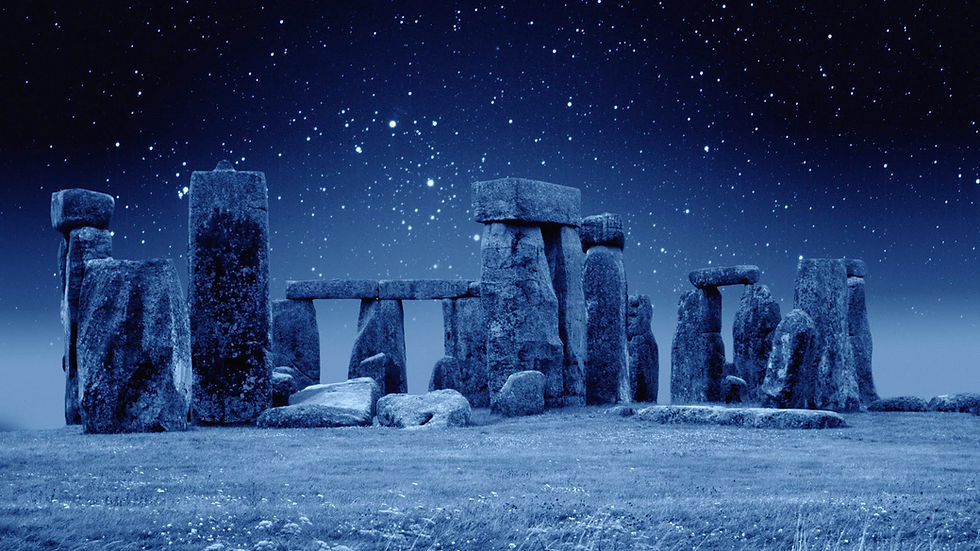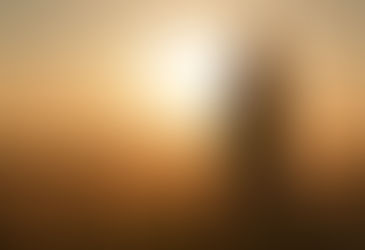The Light Forever Shines in the Darkness
- Helen Martineau

- Dec 7, 2017
- 4 min read
Updated: Sep 9, 2022
A year has passed since I posted ‘Love Came Down at Christmas’ (December 21, 2016), and those thoughts continue to resonate in me.
I still ponder the relationship, in Australia, between the Festival of the Holy Birth on December 25, our midsummer, and the spiritual understanding relevant in the northern hemisphere – the coming of light after winter’s darkness.
Anyone who explores the deeper layers of myth and religion finds profound knowledge of heaven and earth that developed over many thousands of years. During the long Ice Ages prehistoric humans huddled in caves around winter fires. Fire light became a sign of a promise - the return of the sun that would bring the opportunity to roam, to hunt and gather – and so survive another cycle of seasons. The Great Mother, the earth herself was a living power controlling all the forces of nature. More than physical, she was honoured in carved images. They have been unearthed throughout Europe, her fertility often portrayed by exaggerated belly, breasts and hips.
With the emergence of agriculture in the Neolithic age, similar life rhythms continued with winter the time of making, mending and storytelling. And come spring, the getting of food, except that now it was through growing and reaping and animal husbandry in the new settled communities. In a poor year crop failure could mean starvation for the whole community. The moon and stars gained significance as deities whose cycles guided farming practices. Giant megalithic structures were built to the mark the sun’s course and the movement of these divine powers that could bless or destroy.

Starry night at Stonehenge on England’s Salisbury Plain
In the first cities of Egypt and Mesopotamia understanding of the relationship between the invisible world and its earthly counterpart achieved a high degree of sophistication. Powerful mythologies and religions grew out of this knowledge. The ability to connect with divine beings was vested in kings, queens or priests. Festivals became increasingly elaborate. And always seers, the initiates with spiritual vision, could perceive the eternal light shining within the darkness. At the winter solstice some of the most secret rites took place.
For the early Christian church, December 25 was ideal to mark the birth in the depths of winter of the child who heralded a new age of light. Continuity with the old festivals facilitated the spread of Christianity, which certainly happened.
Into the new world
Eventually, in the late eighteenth century the Christian religion was transported with the Europeans to Australia. The ancient Dreaming of the indigenous people received little notice, while the Christmas festival’s connection with winter was cut except as a sentimental memory of snow covered fir trees and sleigh bells.

Field of Light, Uluru – a modern installation by Bruce Munro celebrating the light shining in the darkness. Photo taken when I visited in late June 2017
So, should we in the southern hemisphere return Christmas to midwinter? Some people do. Mostly it’s a secular event. At the June solstice, midwinter is also being celebrated as an earth festival that looks back to pre-Christian times. We need to value the earth and understand its material nature, to live harmoniously with all life in this our earthly home. We have that responsibility because we are conscious thinking beings. It is also important to honour the guiding wisdom of the spiritual beings, to allow this to become part of our consciousness again. At the darkest time of year, we could light fires, create light circles, spread hope and mark the eternal light just as the ancients did.
A one-off universal event
Christmas, however, relates to a cosmic event in time. Esoteric teaching speaks of preparation over aeons in the spiritual worlds for the birth of the chosen infant. That’s why at Jesus’s birth shepherds heard angels singing, and why the Magi, astrologers who had been reading the signs in the heavens, travelled west to find the child.

Leonardo da Vinci: The Anunciation by Archangel Gabriel: 'Hail, O favoured one ... The holy Spirit will come upon you and the power of the Most High will overshadow you; therefore the child to be born of you will be called holy. (Luke 1:27 & 35)
This child was special, a pure individual who, some thirty years later, would be the human vessel in which the Logos incarnated, and through the man Jesus dying on Golgotha, this divine being permeated the whole earth, and found a home in us.
That description only touches on this profound event. But the reason for it is seen right now in us, in our materialism, the commonly held belief that we are nothing more than physical. Our human history of incredible discoveries in the world, all the amazing gains and achievements came at a cost. This cost involved a real danger that we would lose all connection with spirit and be bound to the physical completely, trapped in the limitations of what we can sense, measure and calculate. And believing there is nothing more than this material world, human consciousness would darken and fail to reach its potential.
Rudolf Steiner spoke of the coming of Christ as the turning point of time. Because of that little child in the first century and the sacrifice by a divine power, we can overcome our dark destiny and rediscover who we are meant to be.
‘Christ in you, the hope of glory’ wrote St Paul. That spirit, the Christ, the Logos, the I AM has become part of every human being. It is literally a light shining in the darkness, a divine spark in the soul that provides the impetus to become fully human, in body, soul and spirit. It’s up to each of us how we respond. As we evolve spiritually, we will reconnect with the spiritual worlds in a new way, as individuals and with deep comprehension. We aren’t there yet. Our spiritual eyes are barely open. As it took aeons to reach the turning point; it will take aeons more to become fully human. This transformed spiritual human being, body and soul united with the inner Christ, is the hoped-for glory.
In the southern hemisphere we have a unique opportunity to celebrate two divinely inspired processes. Although different, they are linked because of our long human history and because they both belong to the earth’s spirit and to ours. We can mark them together or as distinct celebrations. You could say we are doubly blessed. Wishing you a light filled Christmas.

Carols by Candlelight at the open-air Myer Music Bowl – a Melbourne tradition












































Comments